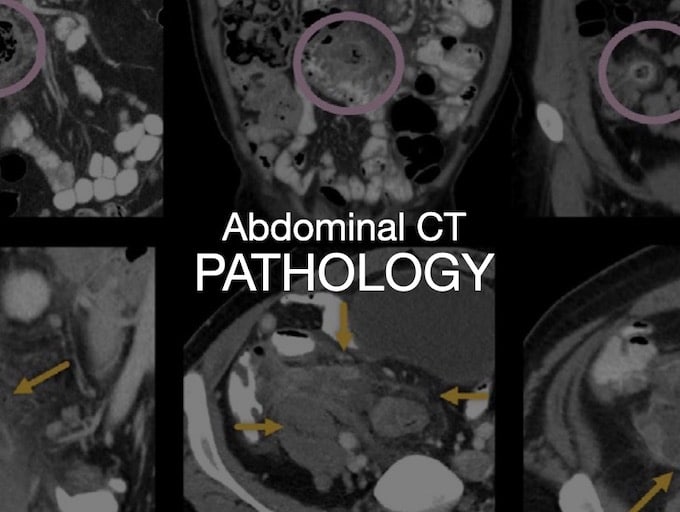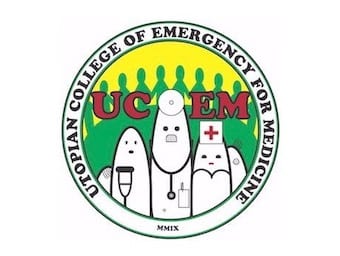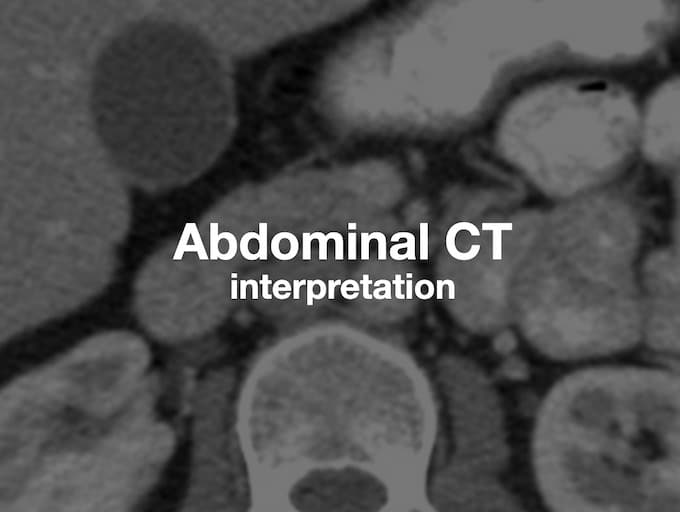
Abdominal CT: renal infections
Abdominal CT: Spotting renal infections. Pyelonephritis infection of the urinary tract starts in the bladder involving the kidneys through the ureters

Abdominal CT: Spotting renal infections. Pyelonephritis infection of the urinary tract starts in the bladder involving the kidneys through the ureters

Abdominal CT: renal stones. Renal stones are hard deposits that form in the kidney. They can move down the urinary tract, causing obstruction and pain as well as blood in the urine.

Abdominal CT: pancreatitis. Recognizing acute necrotizing pancreatitis; and late stage development of pseudocysts and walled-off necrosis

Abdominal CT: bowel perforation. Perforation of the gastrointestinal tract can be due to a variety of causes.

Subdural haematoma. Neuroimaging case interpretation with Madison Watts, Rebecca DeCarlo, Faith Meyers and Steven Perry

UCEM Pivotal Observational Study (n=1) for application of intra-Waiting Room Sphenopalatine Ganglion Block (iWR-SPGB)

Seldinger Technique a technique for safe percutaneous access to vessels and hollow organs that is widely used today. Sven Ivar Seldinger (1921 – 1998)

Sven Ivar Seldinger (1921 – 1998) was a Swedish Radiologist. Seldinger Technique a technique for safe percutaneous access to vessels and hollow organs that is widely used today.

Abdominal CT reporting: The basis of both image review and reporting is that of a search pattern.

Abdominal CT: The bones are often one of the last items on the reporting checklist for abdominal CT, but they still deserve our careful attention.

Abdominal CT: body wall. Evaluating the body wall - Musculature, Subcutaneous fat and skin

Abdominal CT. Evaluating for abnormal or enlarged lymph nodes is an essential part of any abdominal CT, particularly when staging cancer.